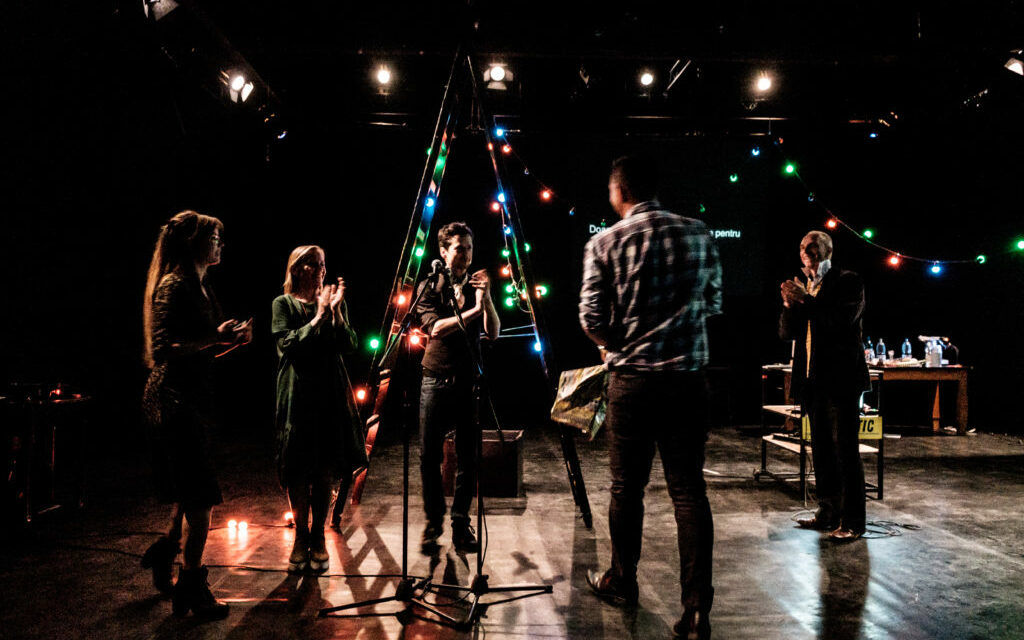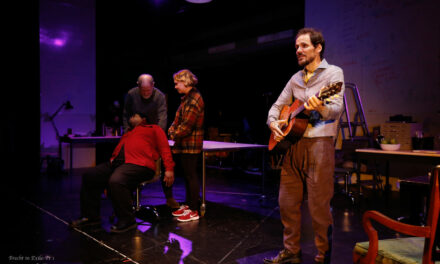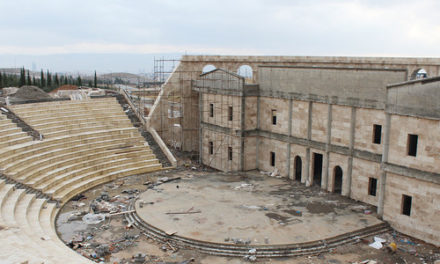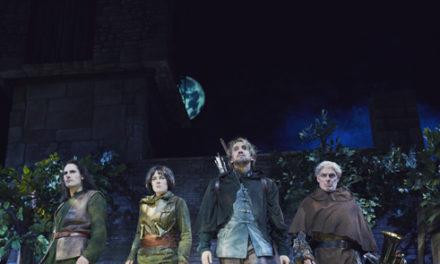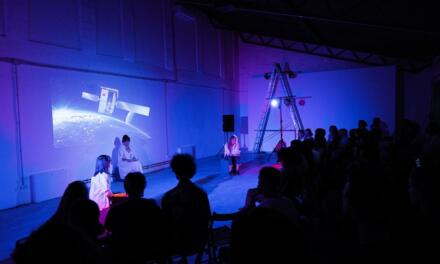No question about it, the use of digital technology is quite common in everyday theatre life all over Europe: the programming of light and sounds on stage, communication via email, the use of Thea-Soft software in management and administration, video technique on stage, and interactive services like online sales and online PR. Social media and the use of online channels for theatre marketing was mentioned very often – this obviously got very important, especially to attract a younger audience, and while it is more than normal in West and North Europe, it is quite new in some Eastern European countries. Online marketing includes the publication of trailers on YouTube and on the website, regular communication, and promotion on Facebook, video blogs, and also online sales and customer relations management. Most theatres have an international database for their digital exchange and information, some create special internet portals to collect information, for example about all theatres in Ukraine, thus building a bridge between Ukraine and Europe. For the ETC project NADIA, an online community with school classes from 5 countries was created and is being maintained by the partner theatres. A digital opera project was developed by one participating theatre to reach pupils and bring opera into the schools.
Several theatres mentioned that they were trying out live streaming (unfortunately not commenting on the success or effects). Obviously, there are little touch fears with apps as additional tools of communication and audience development, and also as a means of education and narration. Several app-based projects were mentioned, i.e. a piano app for children in which everybody can participate via the garage band software, an app about famous personalities of the city (played by an actor) and special projects based on an app that is connected to a call center.
On stage, the use of digital technology seems to get more and more common, too, though not always in spectacular or innovative ways. The participants mentioned the live video and live montage on stage, video 3D mapping, the interaction of real and virtual spaces, digital backgrounds and set designs, and performances connected somehow to the internet. Working with subtitles is a daily business for most theatres, and the innovations going on in this sector are currently being explored by the ETL project “Dub it,” initiated by Théâtre de Liège, Belgium and Teatrul National Marin Sorescu Craiova, Romania. We will keep you posted on their research results on this blog. Audio descriptions of the show for blind people (transmitted by digital sound technology) were mentioned once.
Digitization is a topic also in storytelling and dramaturgy: several theatres are working on screenplays on the merging of reality and virtual reality, on the effects of technology on our lifestyle and communication, or on new narrative forms borrowed from game structures and interactive plays.
Some of the institutions and people that were present in the conference are doing academic research in the context of an intelligent stage, or the documentation and preservation of digital performance, they are writing and studying the history of digital performances and the relations between artists and engineers.
This article originally appeared in European Theatre Lab on May, 11th 2019 and has been reposted with permission.
This post was written by the author in their personal capacity.The opinions expressed in this article are the author’s own and do not reflect the view of The Theatre Times, their staff or collaborators.
This post was written by Maren Day.
The views expressed here belong to the author and do not necessarily reflect our views and opinions.

